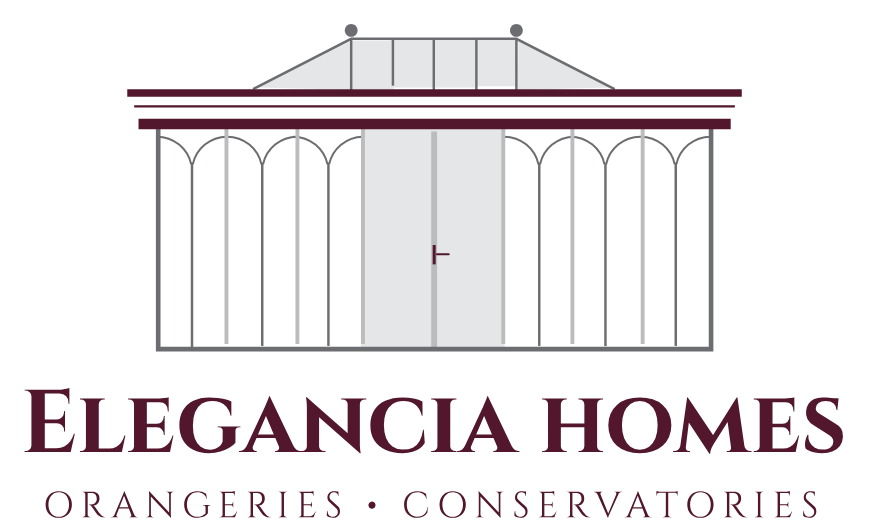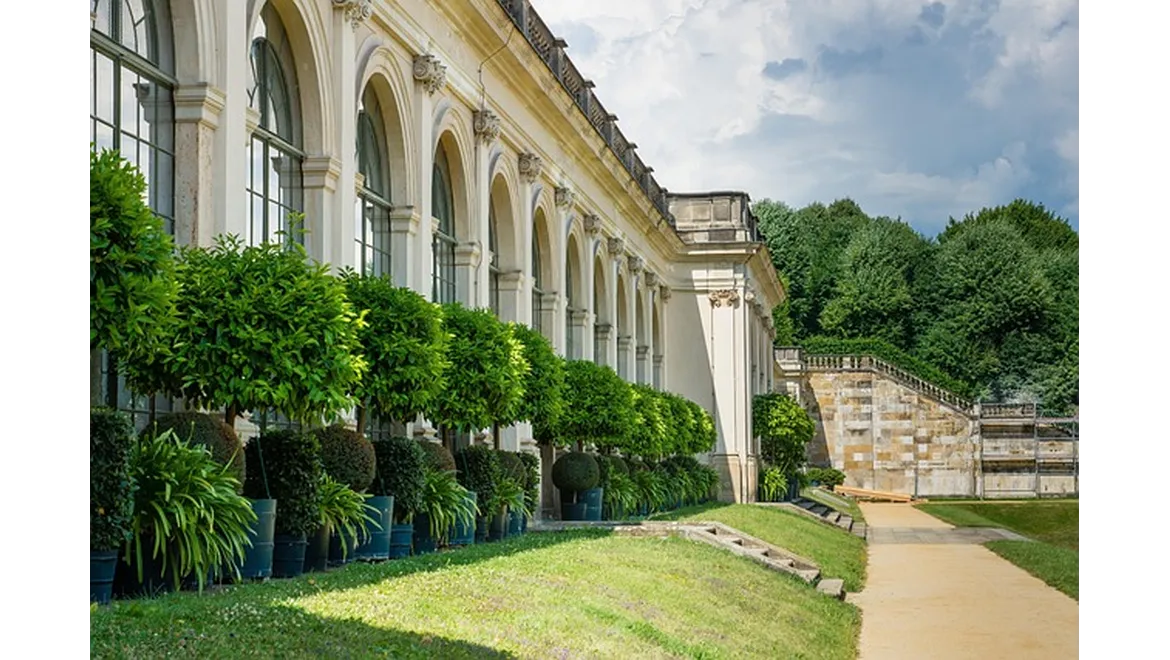Right, so I was chatting with Tyler the other day about orangeries. He’s been doing a lot of research for his own potential project, and the sheer number of choices regarding materials seemed to be overwhelming him. We really got into the nitty-gritty of it, weighing up timber, glass, brick, and metal, so I thought I’d share our conversation, which might help you navigate the same waters.
First off, longevity. That’s a big one, right? Tyler was initially drawn to timber. It’s undeniably beautiful, especially when you’re trying to match an existing period property. We talked about hardwoods like oak and Accoya (modified timber), which, when properly treated and maintained, can genuinely last for decades. Think traditional joinery with modern, high-performance coatings. The key here is regular upkeep – things like re-staining or painting to protect it from the elements. Neglect that, and rot and insect damage will become serious issues. On the other hand, materials like brick and certain metals (like powder-coated aluminium or stainless steel) offer inherently longer lifespans with significantly less maintenance. Consider whether you value the aesthetic of timber enough to warrant the extra work, or whether low maintenance is a higher priority.
Then there’s sustainability. This is where things get interesting. Timber can be a really sustainable choice if it’s sourced responsibly from sustainably managed forests (look for FSC certification). The embodied energy in timber is lower than many other materials. However, the processing and treatment can impact its overall footprint. Brick is readily available in the UK (reducing transport miles) and made from natural resources, but the firing process can be energy-intensive. Metal, especially recycled aluminium, offers great sustainability credentials, and it’s infinitely recyclable. This part of the discussion really highlighted that there’s no perfect answer – it’s about weighing up different factors and choosing what aligns best with your values.
Aesthetic appeal, of course, is hugely subjective. Tyler was really focused on seamlessly integrating the orangery with his existing Victorian house. Timber, particularly painted or stained, offers a classic, elegant look that complements period architecture beautifully. Brick allows for matching the existing brickwork, creating a cohesive feel. Metal, especially with modern powder coating, provides sleek, contemporary lines that can work well as a counterpoint to older buildings or to make a bolder design statement. Glass, essential for an orangery, introduces lots of light and can connect the space with the garden, but the frame around the glass needs to match the overall aesthetic.
And finally, thermal performance. This is where things get technical, and it’s crucial for ensuring year-round comfort in your orangery and avoiding hefty heating bills. We spent quite a bit of time discussing this! Timber, being a natural insulator, offers good thermal performance, particularly when combined with high-performance glazing. Think about multi-layered glass with low-E coatings and argon filling. Brick has good thermal mass, meaning it absorbs and stores heat, helping to regulate temperature fluctuations. However, brick on its own doesn’t provide sufficient insulation, so you’ll need to consider cavity wall insulation or internal wall insulation. Metal is a good conductor of heat, meaning it doesn’t insulate well on its own. However, modern thermally broken aluminium frames are designed to mitigate this, incorporating insulating barriers to reduce heat transfer. We also talked about considering the U-values of the materials you use, which is a measure of how well a material insulates. Lower U-values mean better insulation.
Tyler’s biggest takeaway from our chat was that choosing the right materials for an orangery or outbuilding is a balancing act. You need to carefully consider longevity, sustainability, aesthetic appeal, and thermal performance, and weigh them up against your budget and personal preferences. There’s no one-size-fits-all answer, and it’s worth doing your research, getting expert advice, and visiting existing orangeries to see different materials in action before making your final decision.


